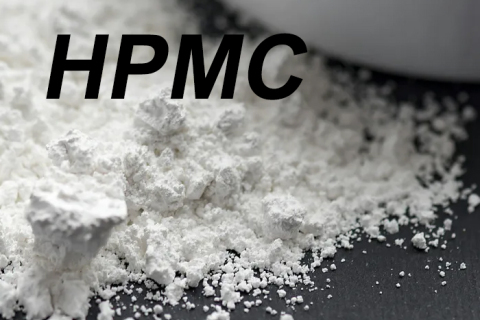
- Home
- >
News
Hydroxypropyl Methyl Cellulose (HPMC) is a high-performance cellulose ether widely used in dry-mix mortar formulations. Its multifunctional role in water retention, workability enhancement, thickening behavior, and open time extension makes HPMC one of the indispensable additives in today’s construction materials. This article explains the technical mechanisms of HPMC and its contribution to consistent mortar performance and long-term durability.
Hydroxypropyl Methyl Cellulose (HPMC), a non-ionic cellulose ether, is an indispensable component in modern construction dry-mix mortar formulations. By forming a high-viscosity colloid in water solution, HPMC provides exceptional High Water Retention and precise Rheology Control in cementitious materials. HPMC significantly improves mortar workability, Bonding Strength, and Anti-Sagging Property, serving as a critical guarantee for the final quality and durability of building materials.
In modern building exterior wall systems, External Wall Insulation Mortars (EWIM) and Skim Coats are critical for ensuring both the thermal performance and aesthetic finish of the system. However, whether it's a thick layer of insulation mortar or a thin layer of skim coat, efficient application on vertical surfaces demands extremely high standards for the material's workability and sag resistance. Hydroxypropyl Methyl Cellulose (HPMC), an indispensable polymer additive, is the secret weapon for achieving these crucial rheological properties.
However, ensuring the stability and reliability of mortar performance is always a challenge due to factors like varying job site conditions, temperature, and inconsistent raw material batches.
Hydroxypropyl Methyl Cellulose (HPMC): An Indispensable Performance Additive for Modern Construction Mortars In the modern construction industry, the performance of mortar directly determines the quality and durability of a project. To meet high-standard requirements, mortar must have excellent water retention, thickening, and adhesion. Hydroxypropyl Methyl Cellulose (HPMC) serves a vital role as a key mortar additive in these areas. It improves the rheological properties of mortar, ensuring the quality of both the application and the final construction.
In exterior wall insulation systems, mortar acts as the crucial "bridge" connecting insulation boards to the wall, and its performance directly determines the safety and durability of the entire system. Hydroxypropyl Methyl Cellulose (HPMC) is the key core additive that ensures exterior wall insulation mortar meets these high standards.
As a white, odorless, non-toxic powder, HPMC significantly improves the performance of various building materials such as dry-mix mortars, tile adhesives, self-leveling compounds, and wall putty.
Hydroxypropyl Methyl Cellulose (HPMC) is a non-ionic cellulose ether derived from natural cellulose through chemical modification. It is a non-toxic, odorless, white to off-white powder that dissolves in cold water to form a transparent, viscous solution. Due to its unique chemical structure, HPMC imparts several key properties to dry-mix mortars: thickening, water retention, dispersion, and film-forming. These characteristics make it an indispensable additive in mortars based on cement, gypsum, and other materials.
Hydroxypropyl Methyl Cellulose (HPMC), a versatile cellulose-derived polymer, is a critical additive in construction materials. Widely used in tile adhesives, cement mortars, and plasters, HPMC (Hydroxypropyl Methyl Cellulose) enhances workability, water retention, and durability. Its ability to modify viscosity and improve material performance makes it essential for achieving high-quality results. As a supplier, we provide HPMC (Hydroxypropyl Methyl Cellulose) tailored for efficiency and sustainability.
Water: Hydroxypropyl methylcellulose is soluble in water, and the aqueous solution is surface active, highly transparent and stable.
In the field of building materials, Hydroxypropyl Methyl Cellulose (HPMC ) is being regarded as a revolutionary product. Its multifunctional properties not only improve construction efficiency, but also greatly improve the performance of building materials. This renewable polymer brings a host of advantages to the construction industry, making it an emerging favorite.
HPMC, or Hydroxypropyl Methylcellulose, is a versatile chemical compound that is widely used in the construction industry. It is a type of cellulose ether that is derived from natural cellulose and is a water-soluble polymer. HPMC is used in various applications in the construction industry, including:












